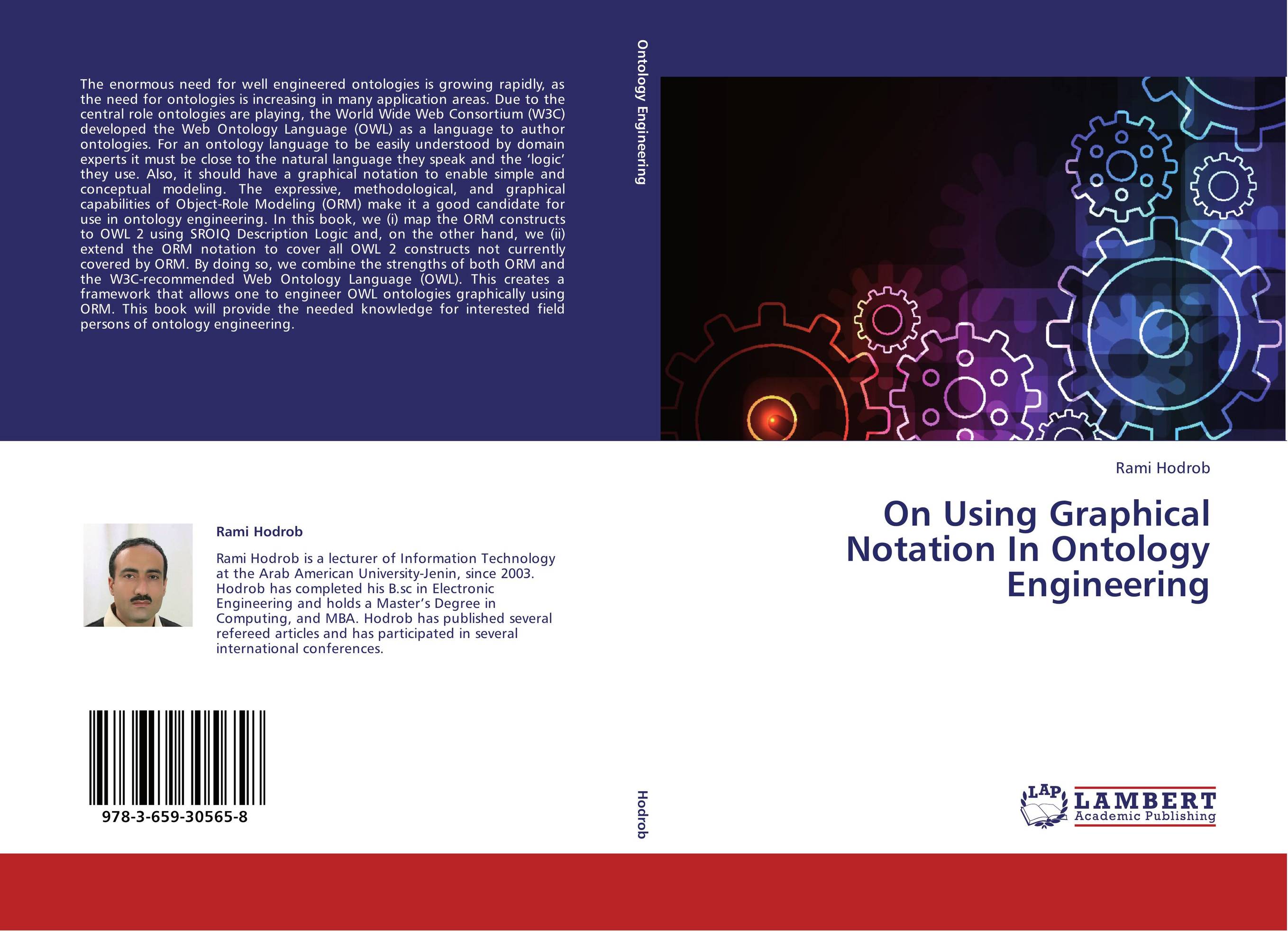| Поиск по каталогу |
|
(строгое соответствие)
|
- Профессиональная
- Научно-популярная
- Художественная
- Публицистика
- Детская
- Искусство
- Хобби, семья, дом
- Спорт
- Путеводители
- Блокноты, тетради, открытки
On Using Graphical Notation In Ontology Engineering.

В наличии
| Местонахождение: Алматы | Состояние экземпляра: новый |

Бумажная
версия
версия
Автор: Rami Hodrob
ISBN: 9783659305658
Год издания: 2013
Формат книги: 60×90/16 (145×215 мм)
Количество страниц: 136
Издательство: LAP LAMBERT Academic Publishing
Цена: 37774 тг
Положить в корзину
Позиции в рубрикаторе
Отрасли знаний:Код товара: 115089
| Способы доставки в город Алматы * комплектация (срок до отгрузки) не более 2 рабочих дней |
| Самовывоз из города Алматы (пункты самовывоза партнёра CDEK) |
| Курьерская доставка CDEK из города Москва |
| Доставка Почтой России из города Москва |
Аннотация: The enormous need for well engineered ontologies is growing rapidly, as the need for ontologies is increasing in many application areas. Due to the central role ontologies are playing, the World Wide Web Consortium (W3C) developed the Web Ontology Language (OWL) as a language to author ontologies. For an ontology language to be easily understood by domain experts it must be close to the natural language they speak and the ‘logic’ they use. Also, it should have a graphical notation to enable simple and conceptual modeling. The expressive, methodological, and graphical capabilities of Object-Role Modeling (ORM) make it a good candidate for use in ontology engineering. In this book, we (i) map the ORM constructs to OWL 2 using SROIQ Description Logic and, on the other hand, we (ii) extend the ORM notation to cover all OWL 2 constructs not currently covered by ORM. By doing so, we combine the strengths of both ORM and the W3C-recommended Web Ontology Language (OWL). This creates a framework that allows one to engineer OWL ontologies graphically using ORM. This book will provide the needed knowledge for interested field persons of ontology engineering.
Ключевые слова: Ontologies; Conceptual Modeling; Semantic Web; Object Role Modeling (ORM); OWL 2 Web Ontology Language;



